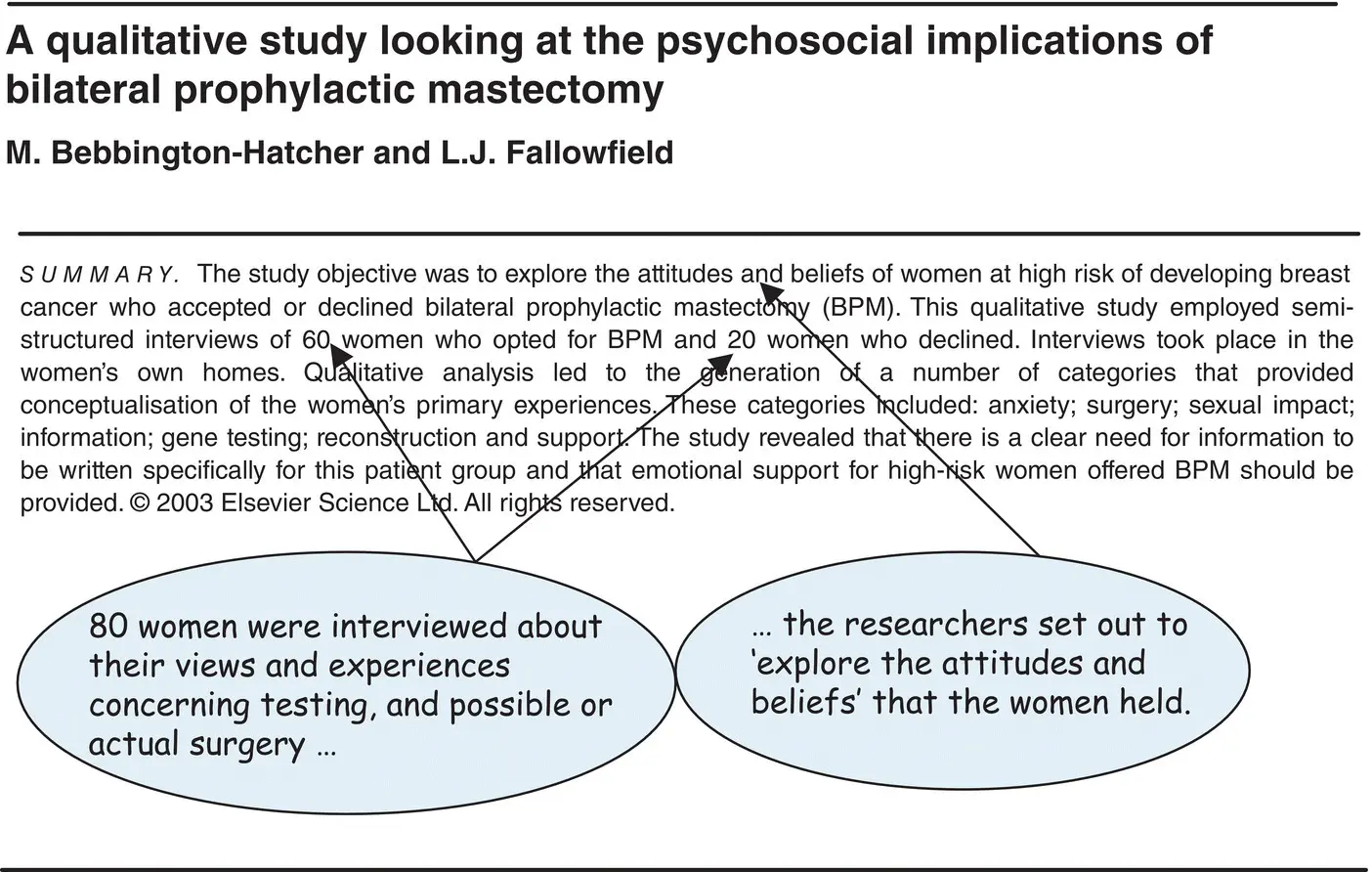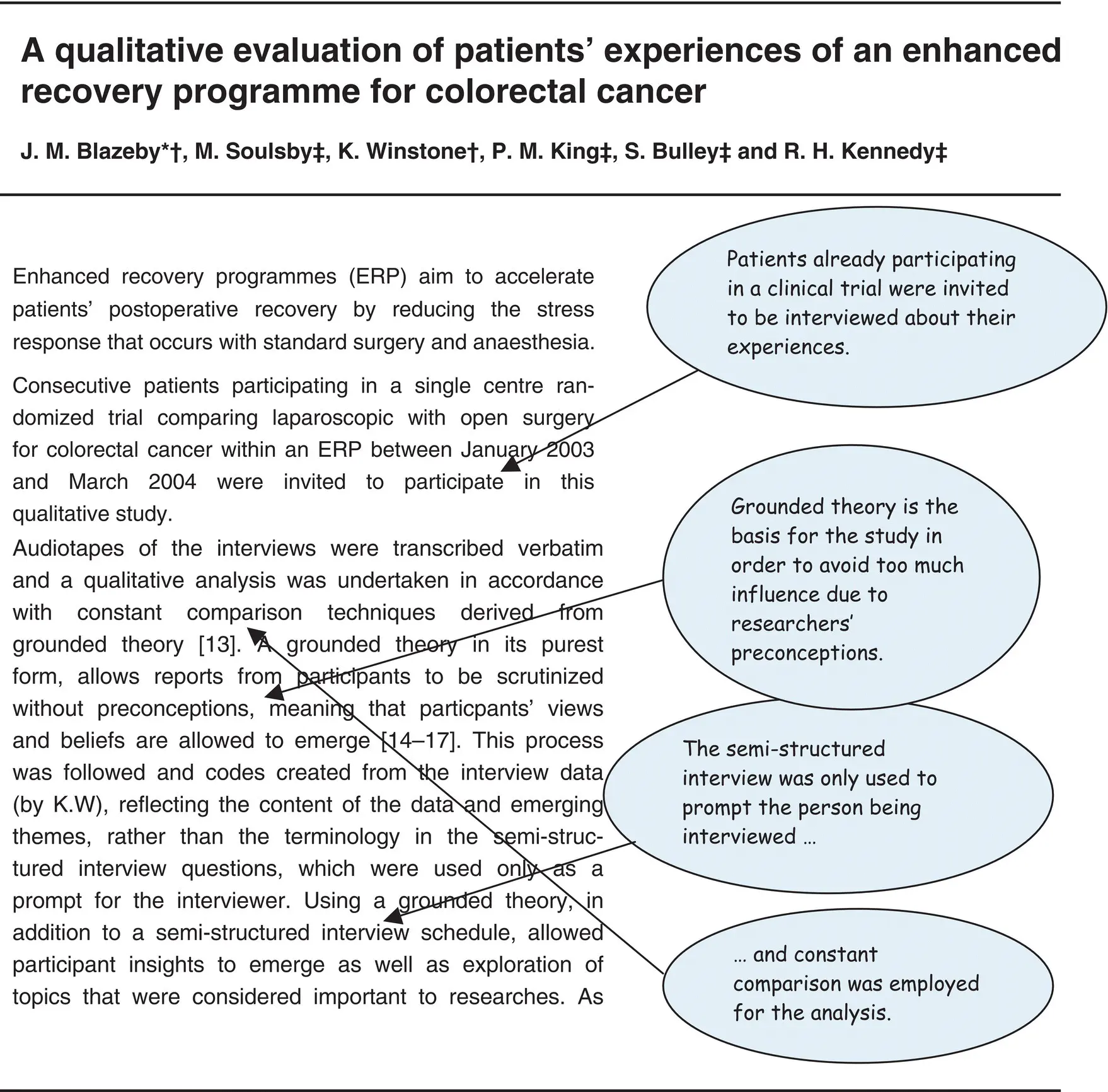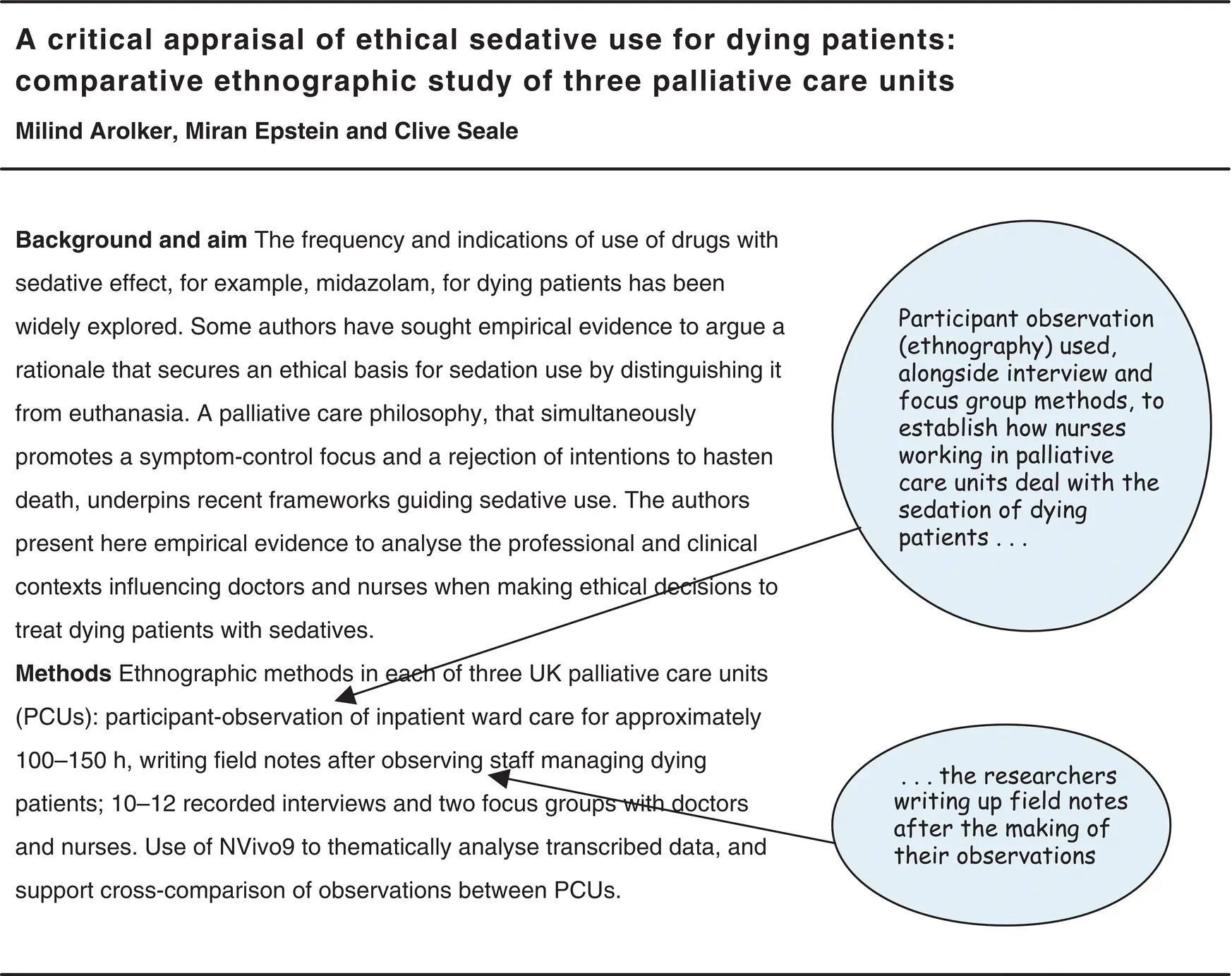David Bowers - Understanding Clinical Papers
Здесь есть возможность читать онлайн «David Bowers - Understanding Clinical Papers» — ознакомительный отрывок электронной книги совершенно бесплатно, а после прочтения отрывка купить полную версию. В некоторых случаях можно слушать аудио, скачать через торрент в формате fb2 и присутствует краткое содержание. Жанр: unrecognised, на английском языке. Описание произведения, (предисловие) а так же отзывы посетителей доступны на портале библиотеки ЛибКат.
- Название:Understanding Clinical Papers
- Автор:
- Жанр:
- Год:неизвестен
- ISBN:нет данных
- Рейтинг книги:3 / 5. Голосов: 1
-
Избранное:Добавить в избранное
- Отзывы:
-
Ваша оценка:
- 60
- 1
- 2
- 3
- 4
- 5
Understanding Clinical Papers: краткое содержание, описание и аннотация
Предлагаем к чтению аннотацию, описание, краткое содержание или предисловие (зависит от того, что написал сам автор книги «Understanding Clinical Papers»). Если вы не нашли необходимую информацию о книге — напишите в комментариях, мы постараемся отыскать её.
Understanding Clinical Papers — читать онлайн ознакомительный отрывок
Ниже представлен текст книги, разбитый по страницам. Система сохранения места последней прочитанной страницы, позволяет с удобством читать онлайн бесплатно книгу «Understanding Clinical Papers», без необходимости каждый раз заново искать на чём Вы остановились. Поставьте закладку, и сможете в любой момент перейти на страницу, на которой закончили чтение.
Интервал:
Закладка:
Typically, qualitative research sets out aims but not hypotheses, tending to explain experiences or events but not to predict what may happen to other people. The pursuit of hypotheses in research (see Chapter 3) tends to be a feature of investigations that involve some kind of comparison: does some action (e.g. smoking) make certain illnesses more likely or is one treatment (e.g. an antibiotic) more effective than another? These kinds of hypothesis‐driven studies form the quantitative analytic and intervention studies of the kind that are introduced in Chapters 6and 7. Qualitative research, on the other hand, offers invaluable insights when little is known about a topic, in particular where it is important to know about people's attitude towards healthcare. For example, common topics for qualitative enquiry concern people's views about whether to undergo tests or procedures and the effects of treatments on people's lives. An example is shown in Figure 4.1, where women who had a strong family history of breast cancer were asked about gene testing, whether they might consider prophylactic mastectomy in order to avoid cancer and, for some of the women, their experience of mastectomy and reconstruction. The research pointed to a need for improved information and support for women in this predicament – at multiple stages of a complex pathway of decisions, procedures, care, and resumption of lifestyle.

Figure 4.1 A qualitative study examining views and experience of tests and interventions.
Source: Reproduced from Bebbington‐Hatcher and Fallowfield (2003), © 2003 Elsevier.
TYPES OF QUALITATIVE STUDY
Although there is no widely accepted classification of qualitative research that mirrors the useful classification of quantitative research ( Chapter 5), there are a variety of ways of carrying out qualitative studies. There are several commonly encountered theoretical approaches, a variety of sampling techniques, and a number of methods of data gathering. These three components of the research process are by no means separate from one another; two are dealt with below as if individual topics, while sampling techniques are dealt with in Chapter 15.
Theoretical Approaches
One of the most frequently encountered qualitative approaches in healthcare research is known as grounded theory , in which the researcher generates theory from the data – in contrast to the typical quantitative device of holding a hypothesis and then gathering data to support or refute it. In studies undertaken according to the precepts of grounded theory, it is usual practice to move between fieldwork and analysis – analysing early data before collecting later data, and using the interim analysis to adjust the later data collection – a procedure sometimes termed continuous comparison .
This framework for the research process is particularly suited to situations where the researcher has little prior understanding or knowledge of the data; where the researcher already has detailed knowledge, grounded theory might not represent the best approach. Figure 4.2displays an extract from a study that used grounded theory as the basis for an examination of patients' views and experiences of what is widely called an enhanced recovery programme (ERP) for the treatment of colorectal cancer; there is already evidence from trials of its effectiveness. The complex ERP pathway includes: provision of extensive preoperative counselling to prepare patients for early rehabilitation, tailored anaesthesia and surgery to reduce operative stress, and early post‐operative feeding and activity to improve gut function and mobility. The findings, in a way that is typical of a grounded study, are set out to portray the setting of the research – using lots of examples of the participants' own words. In the research illustrated by Figure 4.2, here is one example of a patient's views concerning how the hospital should carry out its procedures: ‘I'm a firm believer of being at home rather than in the hospital purely because of the ability to do what I want rather than to be part of a routine'.

Figure 4.2 Grounded theory as the theoretical basis for a study examining patients' experience of care.
Source: Reproduced from Blazeby et al. (2010), © 2010 John Wiley & Sons.
Other theoretical approaches are available, including some that pay more attention to the meaning rather than the description of events or experiences in healthcare; interpretative phenomenological analysis (IPA) is a popular form of such research. The interviews bear similarities with those carried out in a grounded theory study – with a topic guide (see below and Chapter 25) providing a loose structure for the interview. The difference will often lie in trying to get rather closer to the participant's accounts of events and background – getting to know the person and their context quite well. Often the sample is small and the data from each person very detailed. Interviews are sometimes supplemented by other material such as diaries, personal written accounts, and letters. Some IPA researchers deliberately target participants who are articulate and likely to be particularly forthcoming. The research questions tend to concentrate on meaning: ‘What is it like to receive a diagnosis of pre‐senile dementia?', ‘Why don't some people with insulin‐dependent diabetes attend specialist clinic for advice and treatment?'
Another, less frequently encountered, qualitative method is that of ethnography or participant observation . The researcher directly observes the matter being studied, interpreting the behaviour and activities observed. The technique, although possible in many settings, such as the provision of health or social care, or in health workers' training, has been especially useful in studies of marginal or high‐risk health behaviour such as with commercial sex workers or injecting drug users. In an attempt to understand the target group's daily lives, the researcher might even live with them or work alongside them, becoming one of them for a time ( Figure 4.3). Most especially, the idea is of seeing the world as they do, seeing the same meanings in what takes place.

Figure 4.3 A qualitative study employing ethnographic (participant observation) techniques.
Source: From Arolker et al. (2012), © 2012, BMJ Publishing Group Ltd.
This section has described the above three approaches to show something of the spread of lines of attack; qualitative researchers use numerous other named and unnamed techniques and devices, and there are many good books that describe and explain them. The next section says a little more about the collection of data from individuals and from groups.
Practical Data Gathering
Most frequently, qualitative health researchers interview individuals. They do not try to draw their samples, as quantitative researchers do, in a way that provides a subset of the population that represents the population in a probabilistic kind of way. Rather, they frequently use what is termed a purposive procedure: they use predetermined criteria to select people to invite for the study. For example, patients attending hospital because of self‐harm (usually overdose or self‐cutting) were invited for an interview to discover their views about the care and attention that they received at the hospital Emergency Department; the researchers purposively attempted to recruit approximately equal numbers of people who had taken an overdose or cut themselves, equal numbers of males and females, and equal numbers of people attending for the first time or at a repeat attendance. Sampling in qualitative research is described in some detail in Chapter 15.
Читать дальшеИнтервал:
Закладка:
Похожие книги на «Understanding Clinical Papers»
Представляем Вашему вниманию похожие книги на «Understanding Clinical Papers» списком для выбора. Мы отобрали схожую по названию и смыслу литературу в надежде предоставить читателям больше вариантов отыскать новые, интересные, ещё непрочитанные произведения.
Обсуждение, отзывы о книге «Understanding Clinical Papers» и просто собственные мнения читателей. Оставьте ваши комментарии, напишите, что Вы думаете о произведении, его смысле или главных героях. Укажите что конкретно понравилось, а что нет, и почему Вы так считаете.












